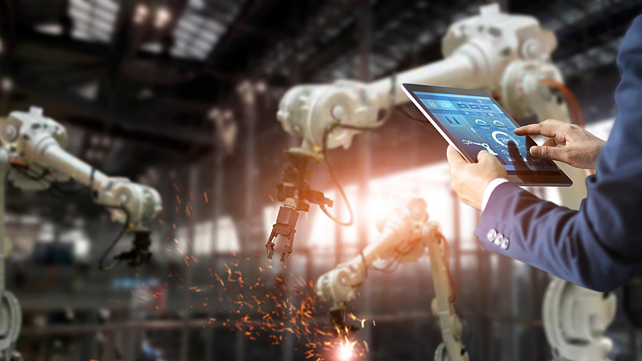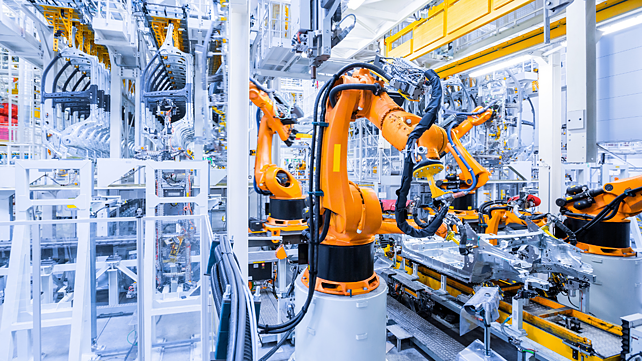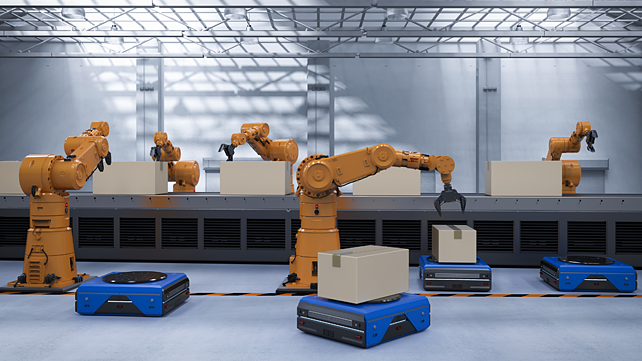
Automation and Robotics in the larger ecosystem have percolated and embedded in automobile manufacturing, testing & development, product development, selling experiences and autonomous driving. They have reduced the lead time in speed to market, improved reliability and robustness, cost efficiency, enhanced fuel efficiency and safety.
Efficiency due to automation is seen in multiple facets of the mobility ecosystem. Virtual engineering techniques and processes have enabled varied design related interactions between different stakeholders to be able to exchange ideas, data, and customer inputs to bring out the optimised designs in the shortest timespans.
Automation has helped improve the robustness in design technologies and first-time right outputs. The fraternity has been able to reduce and even avoid, at times, the testing of components or sub-systems. In many cases, the prototypes to be tested are lesser in upstream automation. Besides cost, these have had a multi-faceted positive impact in product life cycles.
Going further, automation, not only in product development but other métiers of product lifecycle and product experience has brought enrichment to the customer. The customer can meet their aspirations, safety needs, timelines and driving habits. The driving experience, ownership and vehicle networking is extremely simplified due to connectivity and auto-switching of protocols, networks, and bandwidths.

Automation linked through vision sensors, has leveraged telematics, bandwidth of data transfer, and communication speed to bring autonomous vehicles to consumer doorsteps. Driverless vehicles and autonomous driving are outcomes of transverse deployment technologies and processes in automation. This includes activation of safety devices in conventional and advanced mobility and lane changing while driving in any type of vehicle, automatic braking and collision avoidance.
Automating the variety of controllers along with embedded systems in the automotive world has been on a steady growth trajectory. This has opened avenues in multi-modal architectures that can be deployed on conventional, xEVs and autonomous vehicles. The integration of protocols has become more robust and interchangeable for deployment in different regions with differing norms and regulations.
Positive Impact Of Robotics
Robotics has been the other mainstay in the automotive industry. The obvious advancements are seen in manufacturing, especially in welding, painting, assembly of windshields and few other visible aspects. Adding automation has positively impacted engines, transmissions and other sub-systems’ modular assembly and reduced time. Due to modularity, more vehicles roll down the assembly line with as low as one vehicle per minute.
Implementing robotics in repetitive processes has ensured more safety, reliability, and quality of execution. Robotics in assembly has been used with and without vision sensors to bring in flexibility in manufacturing and ensure efficiency in cost, keeping best ergonomics standards.

Robots have been used in endurance tests, for vehicles on test tracks and during machine testing while on dynamometers. For endurance, logging in hours and in some cases, kilometres, it is necessary to run the sub-systems using robots and controllers. This path has proved successful over the years to help reduce on-road testing, risks of accidents and ensuring that test prototypes are in a captive environment under observation. The confidence of regulators and policy makers has increased ever since automated test techniques and processes have been integrated in vehicle development.
Automation has made inroads into sales, marketing, and supply chain. The efficiencies have improved customer satisfaction and speed to market. These successes have boosted consumer expectations towards a mix of online and face to face engagements, and experiences. The digital online tools and applications are growing, and OEMs are leveraging them to keep an edge over competition. In the new normal, automation has accelerated integration of retail experiences through online activity.
In Conclusion
Today, automation and robotics are engrained in the auto industry. They form a strong foundation that has built a high level of reliability and robustness of vehicles, and speed to market. Another outcome is the development of a new era of vehicles that are flexible and adaptable to the forward-looking mobility models. The sustainability of the mobility industry will continue to grow with increased automation and robotics.